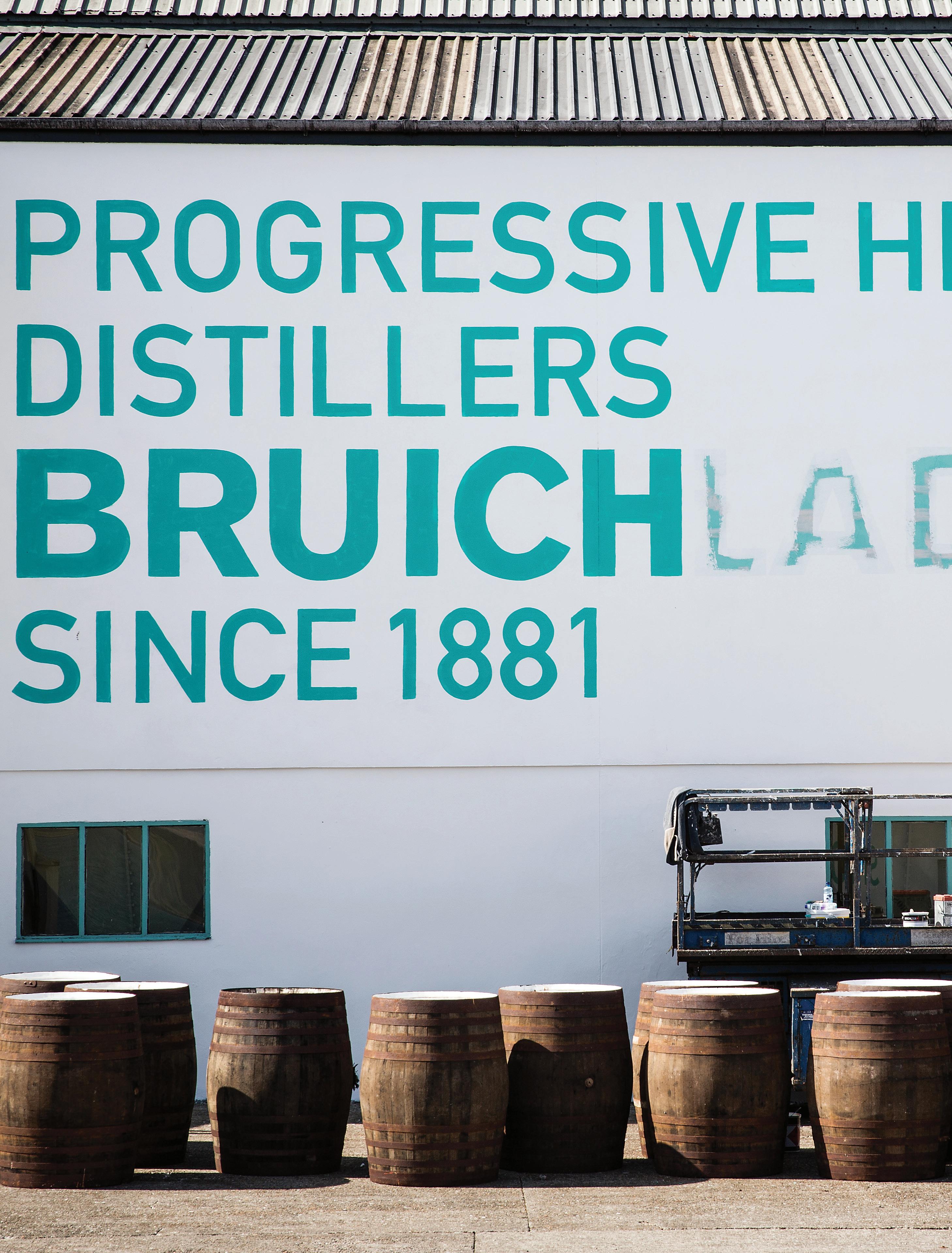
3 minute read
A TASTE OF SCOTLAND
A TASTE
OF Scotland
BRUICHLADDICH DISTILLERY CREATES PALATE-PLEASING SCOTCH VARIETIES.
BY JASON BRILL
PHOTOGRAPHY COURTESY OF BRUICHLADDICH DISTILLERY
Location is everything when it comes to libations that inspire passionate followings. Craving that authentic taste of a specific place, bourbon buffs flock to brands made in Kentucky and wine lovers crave varietals from California’s Napa and Sonoma valleys.
The soils that grow the crops that go into your favorite drinks impart a certain something into each pour. Where something is made matters. That’s the idea behind Bruichladdich Distillery’s Scotch offerings.
“As soon as we re-opened the distillery in 2001, we placed the concept of terroir at the center of everything we did,” said Adam Hannett, head distiller at the Islay, Scotland-based distillery. ”Owner Simon Coughlin and Mark Reynier (an owner at the time) both came from a wine background, where the concept is widely understood, and applied this to our distilling philosophy in pursuit of flavor, provenance, and traceability.”
All the barley used in Bruichladdich’s Scotch comes from Scotland — 52 percent of it comes from Islay itself. The island has been home to the distillery since it was founded in 1881. After changing hands a few times, it was shuttered in 1994 before being bought by Coughlin and Reynier in 2000.
Bruichladdich’s three single malt brands are now available in Ohio. The Classic Laddie, which comes in a fetching aqua bottle inspired by the seas around Islay, is an unpeated (not smoky), bright, and floral drink. On the other end of the spectrum, the Port Charlotte 10, which is aged for 10 years on Islay, is heavily peated, resulting in a smoky, oaky taste with hints of coconut, vanilla custard, lemon, and honey. Also on Ohio shelves are Octomore 13.1 and 13.2. Both are made from Scottish barley, but the 13.1 is aged in former American whiskey or American bourbon casks, while 13.2 has a European cask finish.

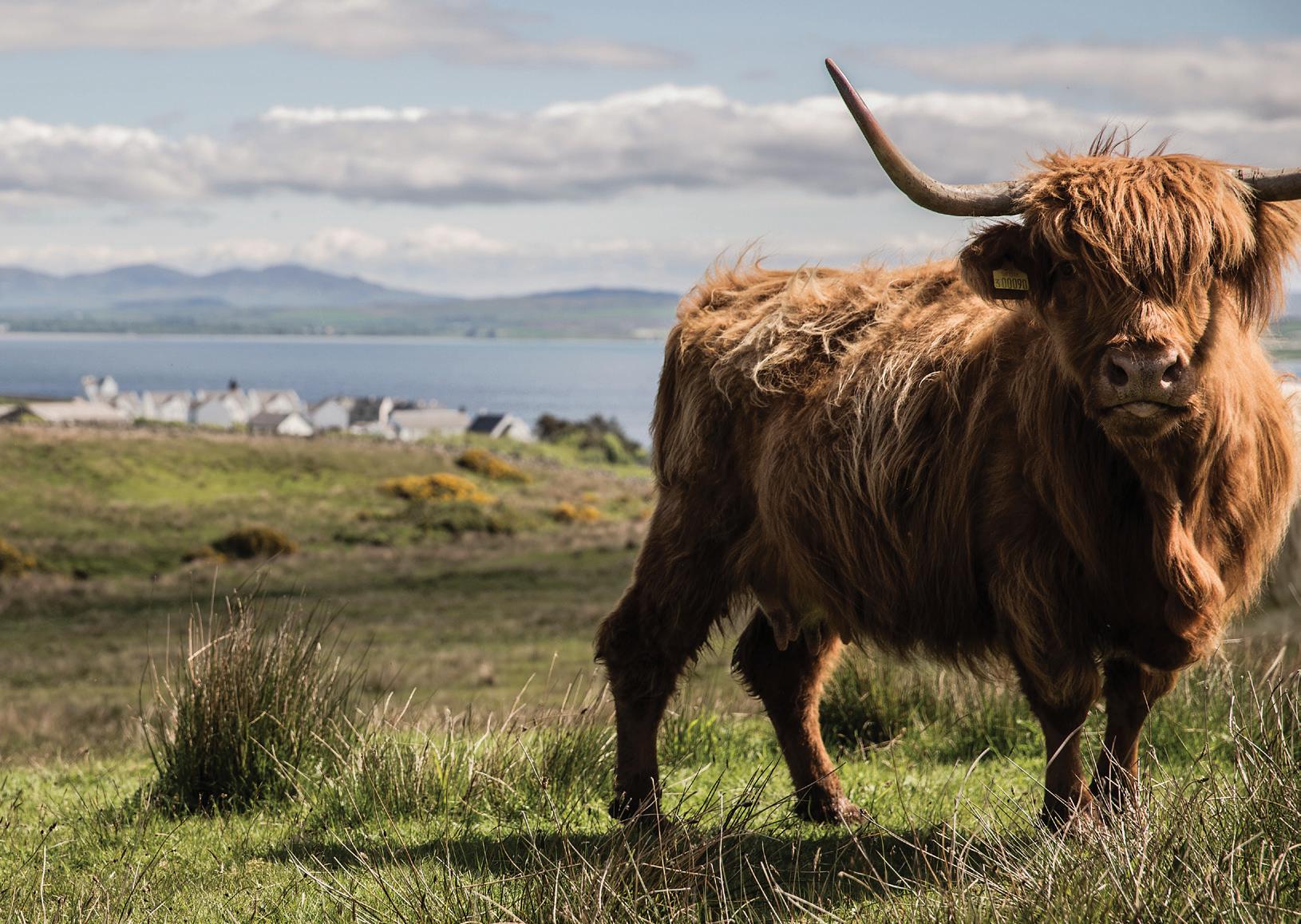
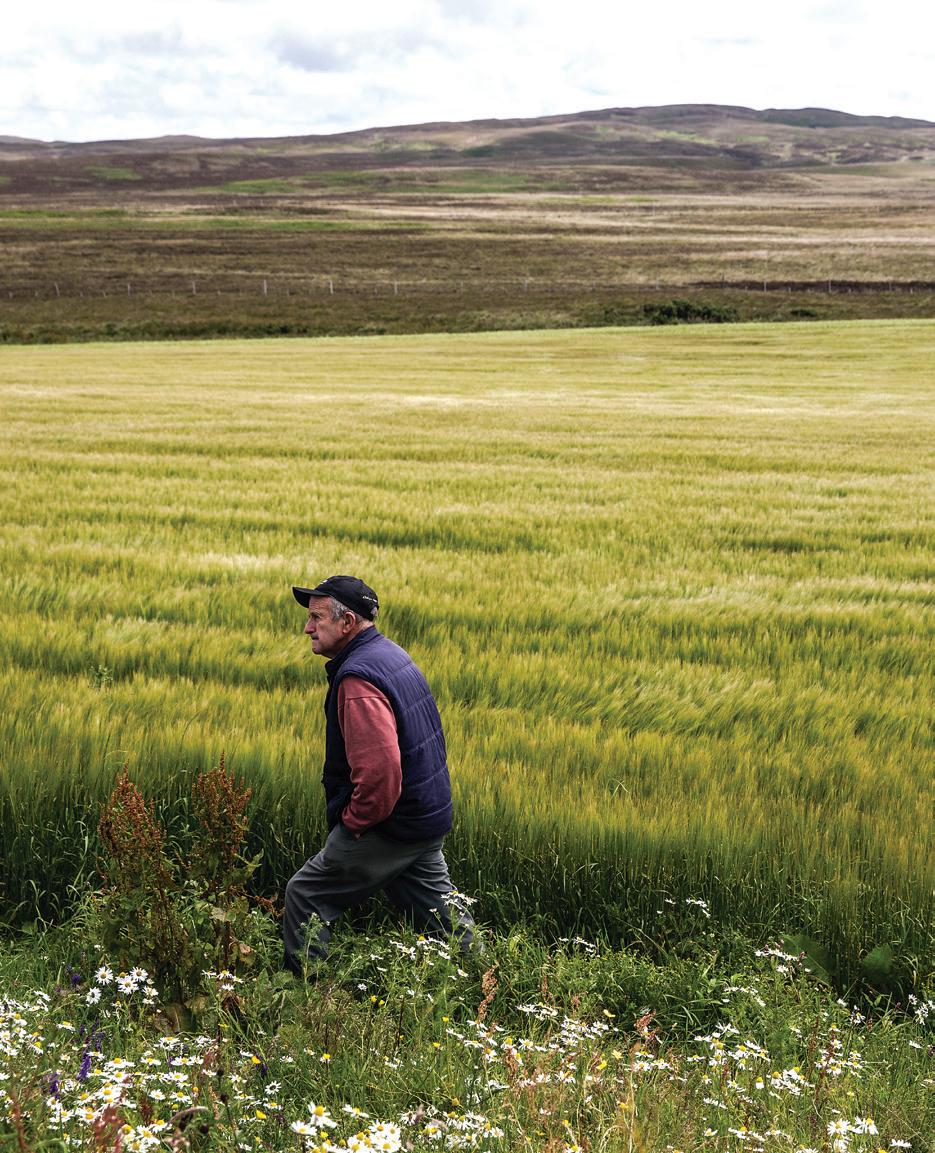
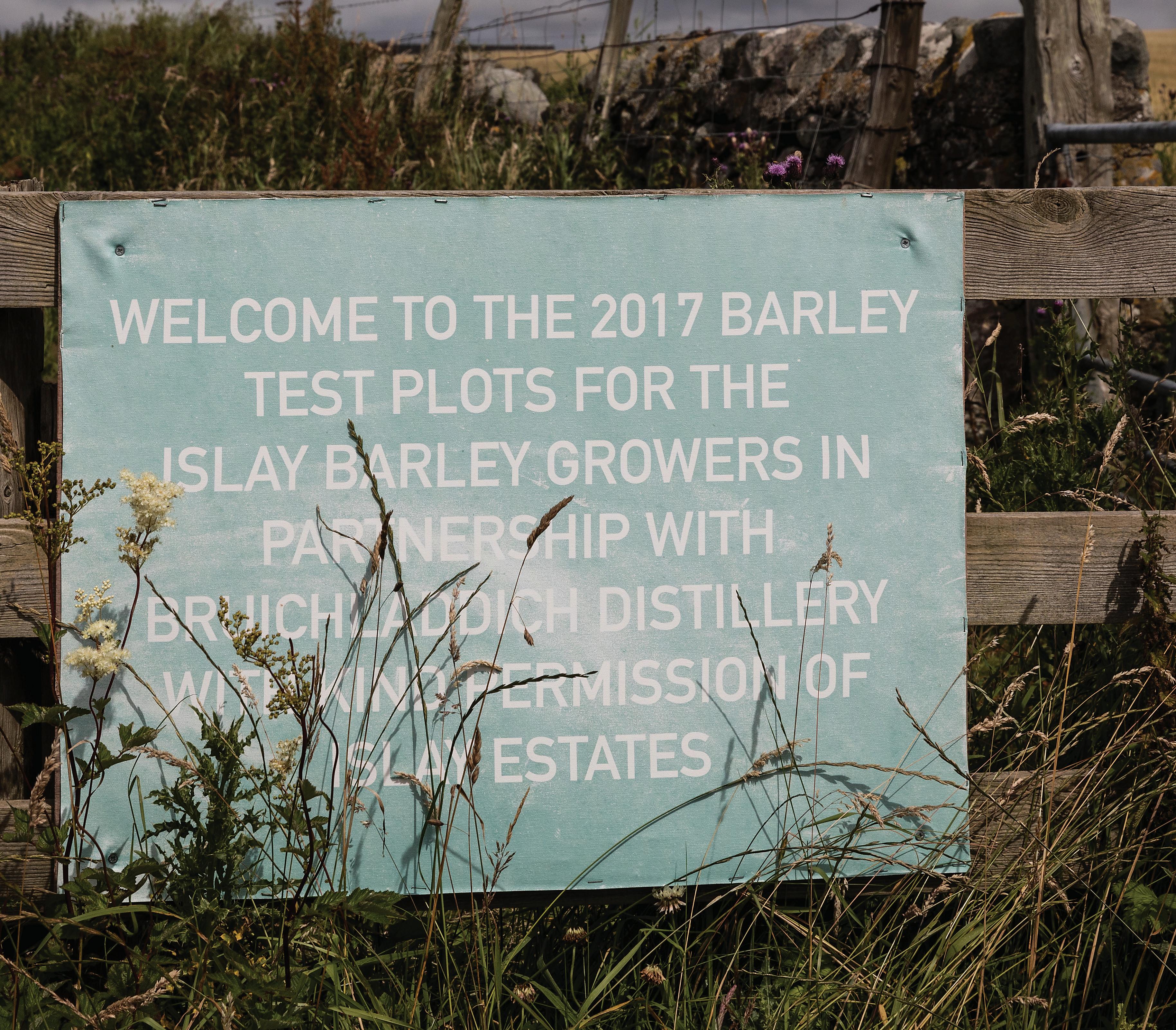
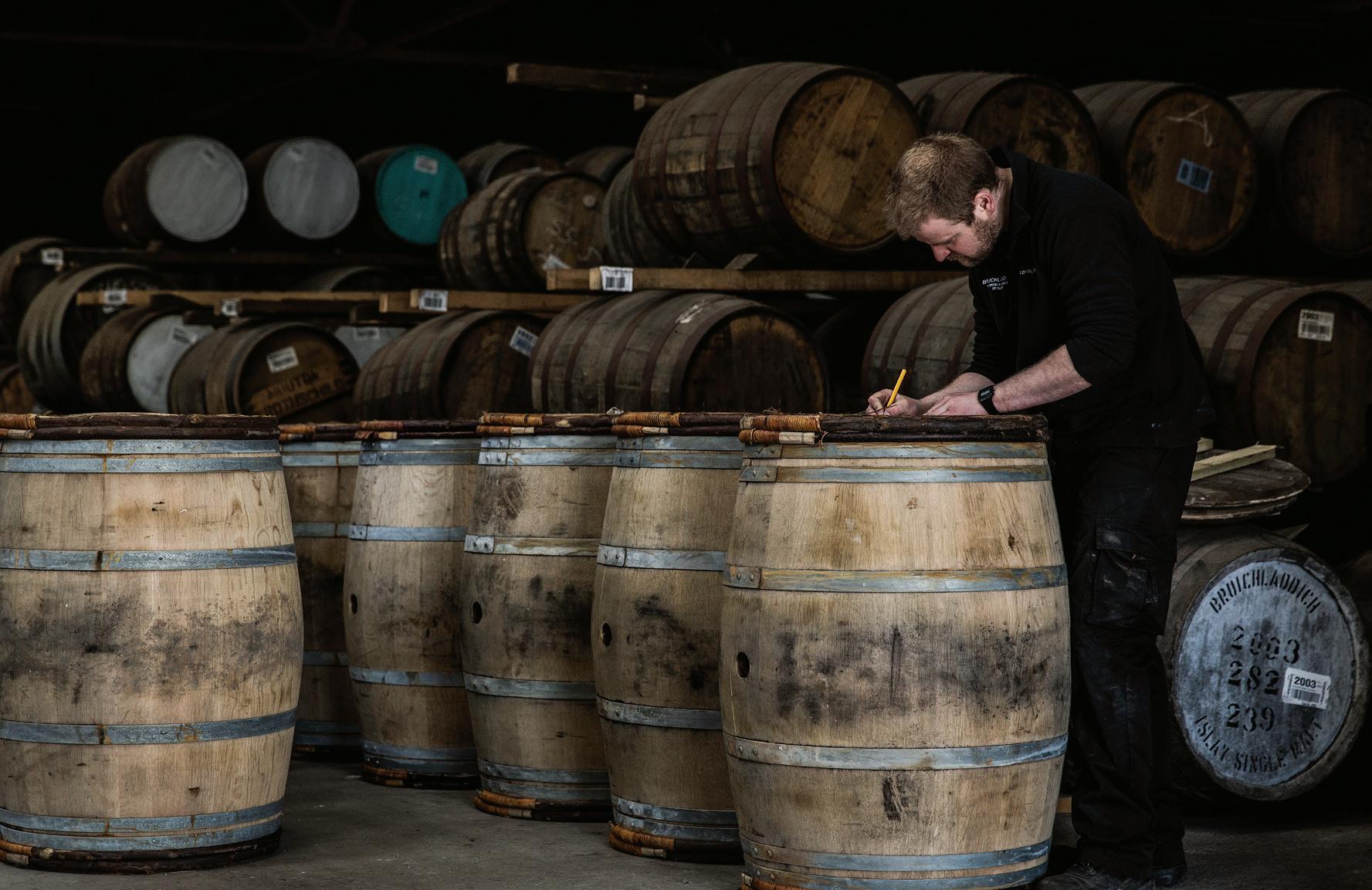
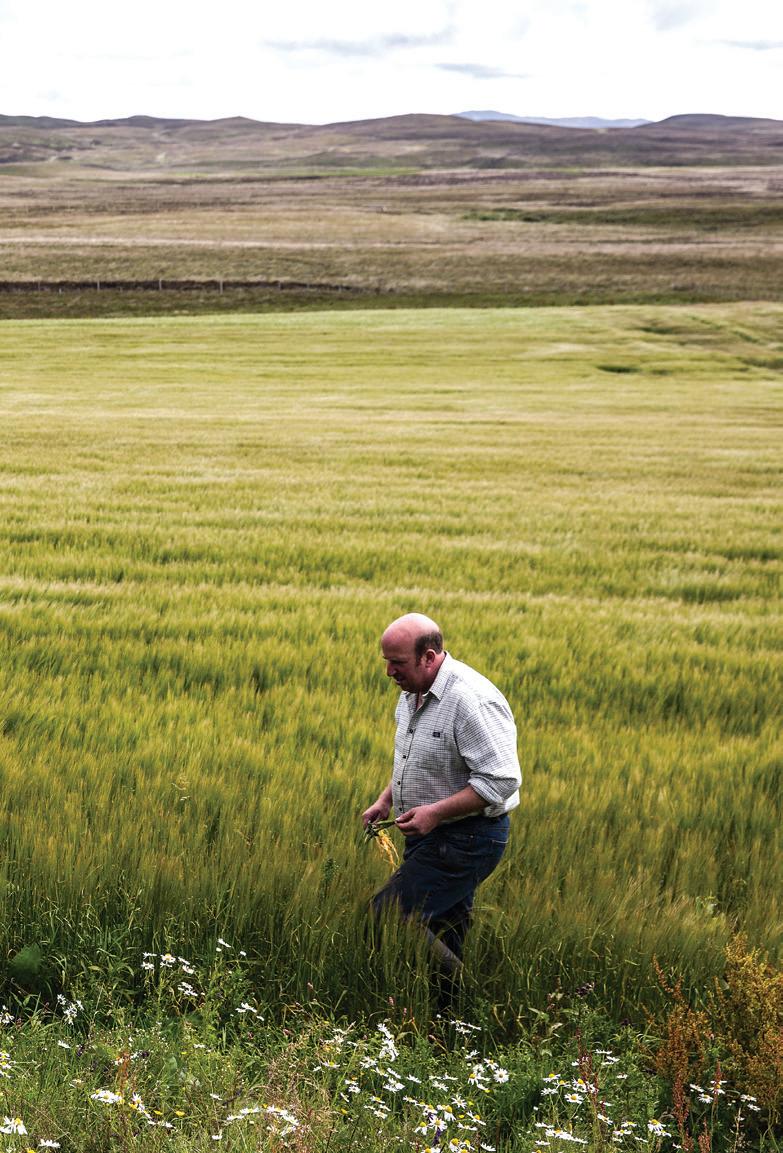
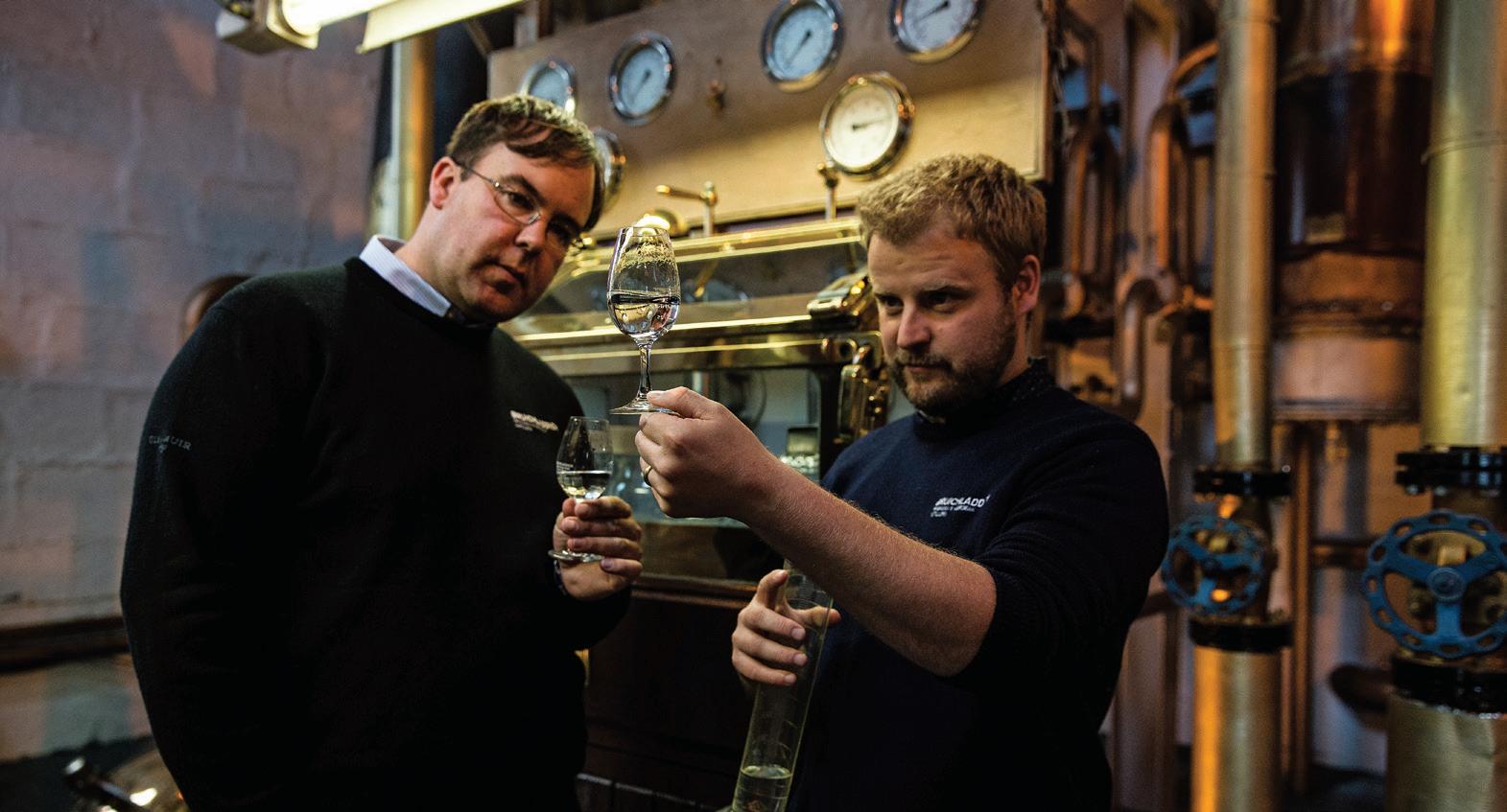
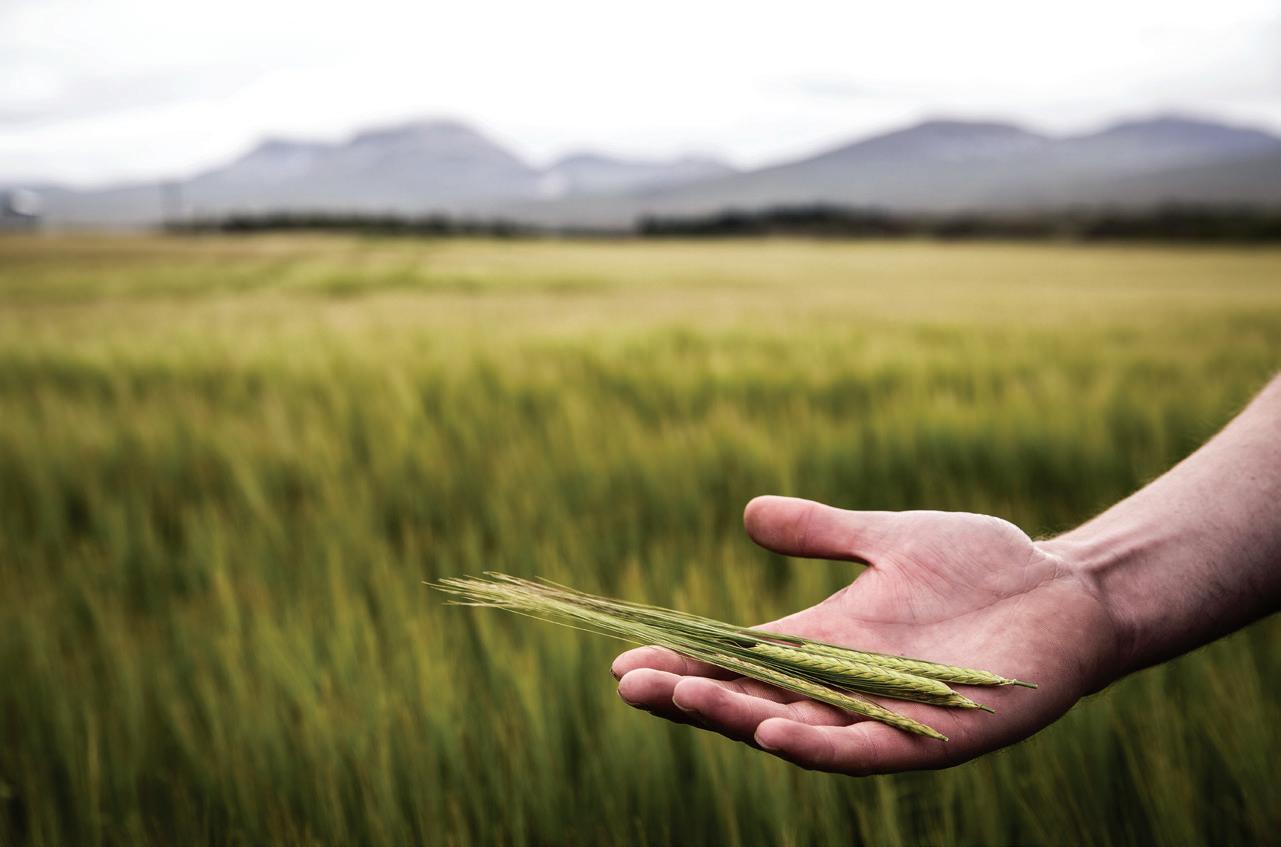


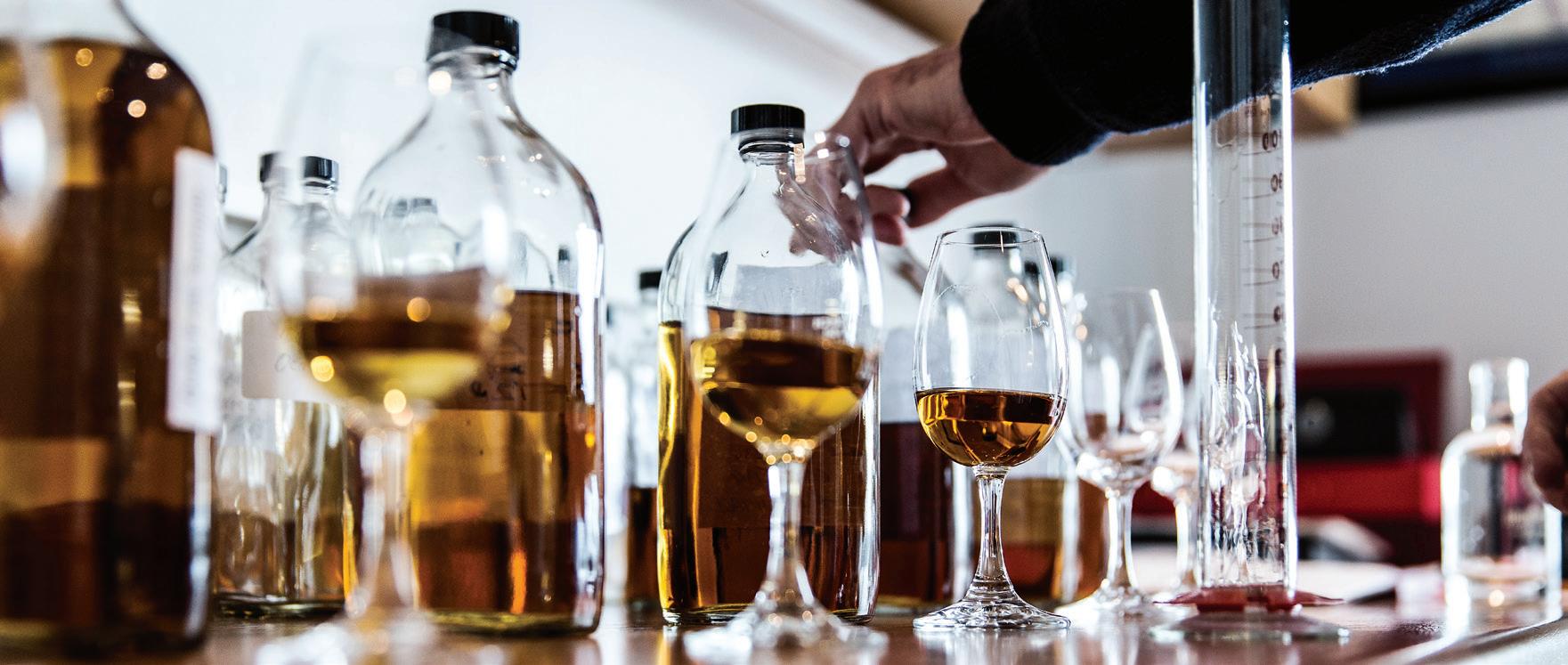
All the barley used in Octomore is grown at a farm on Islay.
“Each of our single malts have their own distinct character, with Islay always at the center — with each single malt conceived, distilled, matured, and bottled on our island home,” said Hannett.
The ethos of keeping Islay at Bruichladdich’s center extends to the distillery’s focus on sustainability as well. The distillery is powered by 100 percent renewable energy and packaging materials are recyclable or reusable. The company also lets customers choose to ship bottles without the outer tins that many higher-end liquors are packaged in.
“With a holistic approach to sustainability — taking into consideration everything from how we farm our essential raw ingredient of barley, to how we bottle and ship our single malts to reduce our carbon footprint — it’s our goal to leave a lasting, positive legacy on our island home and beyond,” Hannett said.
Each bottle of Bruichladdich is loaded with legacy. One of the key ingredients is time. Depending on the type, it can be aged anywhere from a few years to a couple decades. In fact, Bruichladdich still uses most of the Scotchmaking equipment installed there in 1881, including the original open top cast iron mash tun, one of only six remaining in Scotland, where water and grain are mixed.
INBOX GOLD
Be among the first to learn about the latest bottles for sale in Ohio, bottle lotteries, and much more. Sign up to receive updates on OHLQ.com.





